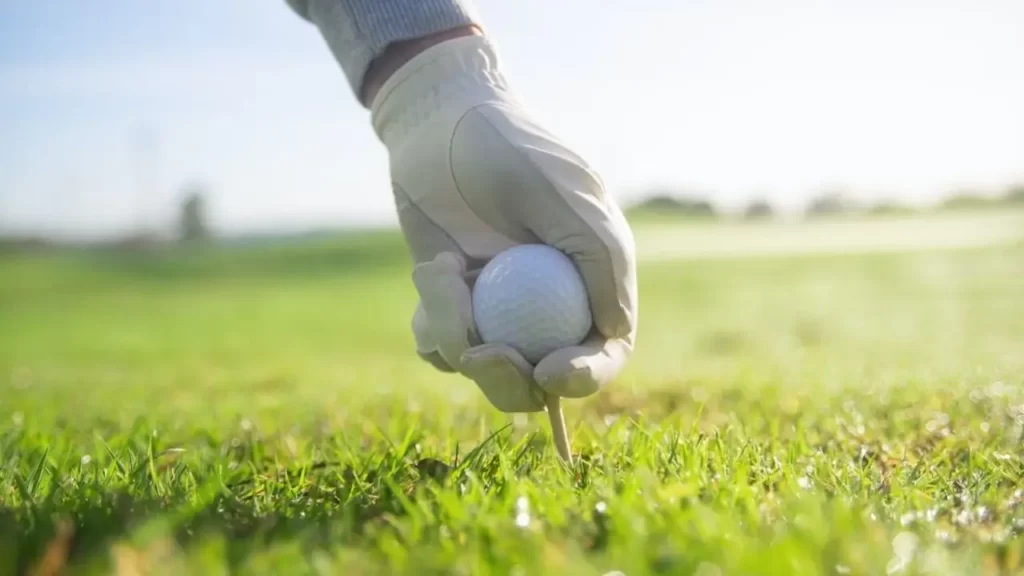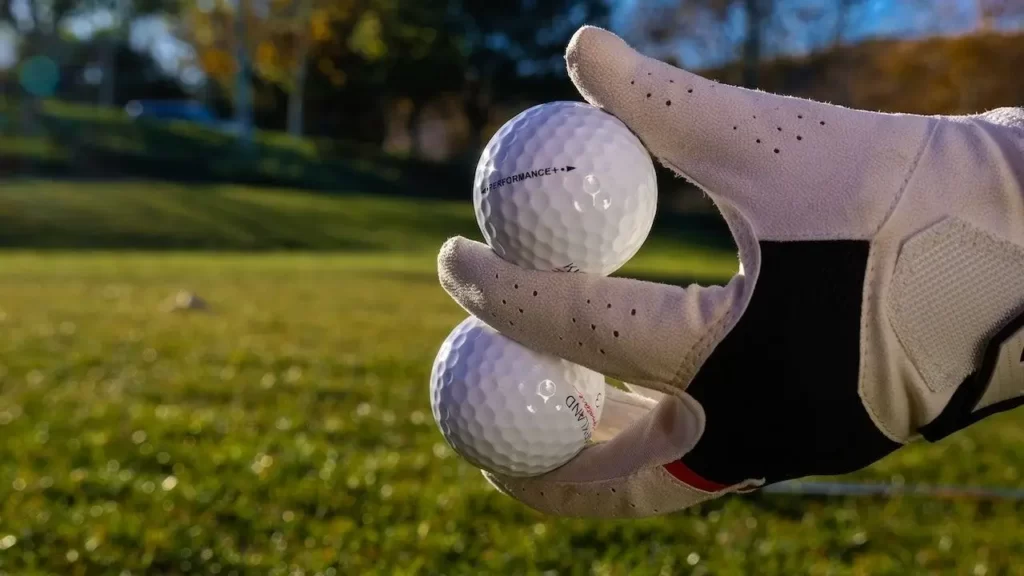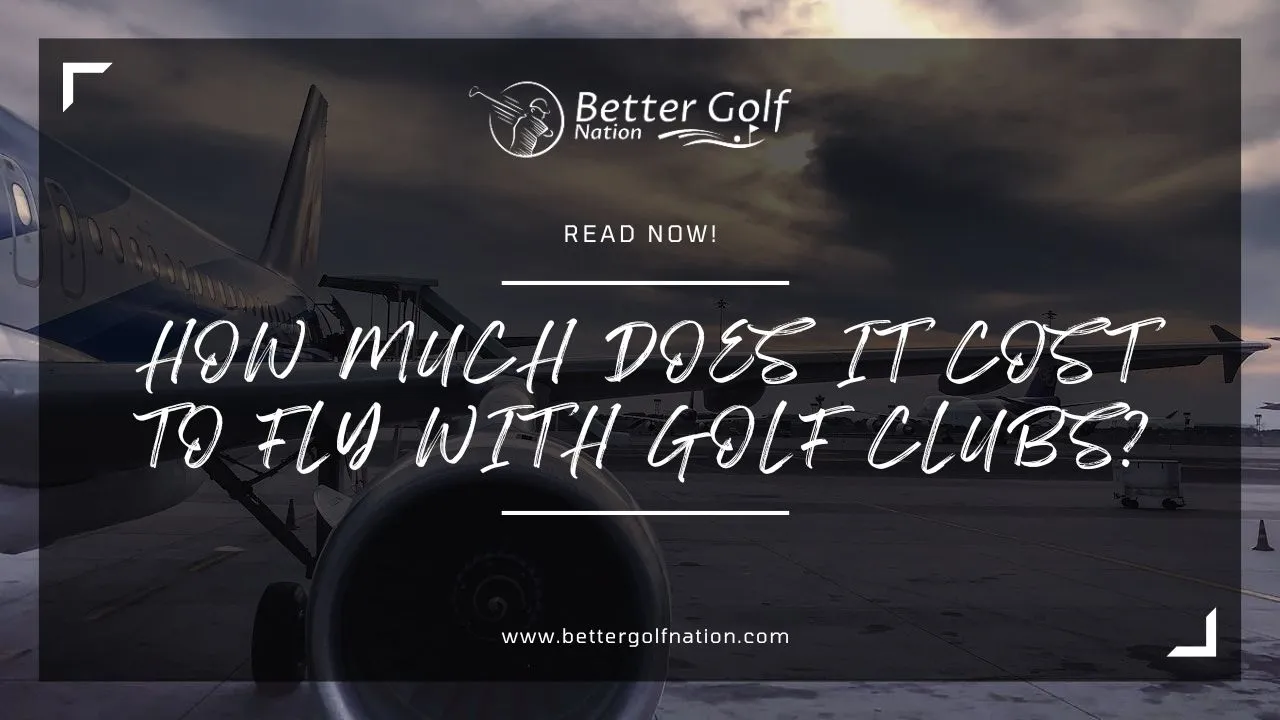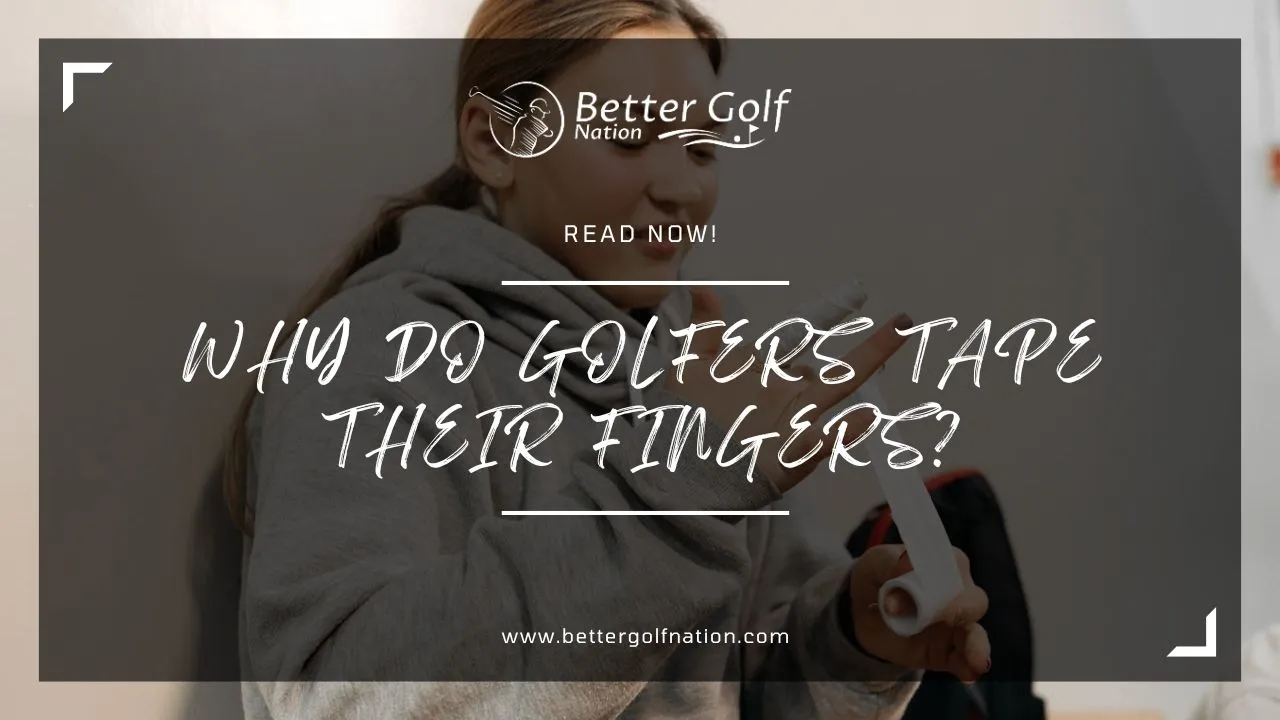Selection 101: Exploring The Different Types of Golf Balls
- Last updated on December 28, 2023
- Toni Benedito
- Golf Equipment & Gear, Blog
Choosing the right golf ball is key to improving your game. Factors like distance, accuracy, and spin control depend on your ball choice. Balls come in two-piece and multi-layered constructions, each with unique benefits. Brands like Titleist, Callaway, TaylorMade, and Bridgestone offer options for various swing speeds and skill levels. Understanding these differences is crucial for optimizing your performance on the course.

Key Takeaways
- Golf balls boast diverse constructions, ranging from the simplicity of two-piece designs to the complexity of multi-layered options, each influencing performance uniquely.
- The core, situated at the ball’s center, varies in composition, with materials like synthetic compounds or rubber impacting factors such as feel, compression, and energy transfer upon impact with the clubhead.
- Renowned brands such as Titleist, Callaway, TaylorMade, and Bridgestone provide a spectrum of options catering to different swing speeds and skill levels, ensuring golfers can find a ball tailored to their individual needs and preferences.
- When delving into compression levels, a crucial consideration is that golfers should match their swing speed to achieve the desired balance of softness or firmness, affecting feel, launch angle, and overall performance on the course.
- Personalizing your choice based on playing style, skill level, and budget is essential for optimizing your game. Whether seeking enhanced control, increased distance, or a balance of both, thoughtful selection ensures an enjoyable and effective golfing experience.
Introduction
Today, there are different types of golf balls available on the market, each with unique characteristics that cater to different playing styles. The right ball can have a significant impact on your game, from enhancing your distance and accuracy to reducing the spin-off of the club face. With so many options available, it can be overwhelming to know which one is best suited for you.
This article will guide you through various types of golf balls, their construction, and how to choose the right one. Golf ball construction plays an important role in determining its performance on the course.
A standard golf ball typically comprises two or three layers: The core at its center may be made of synthetic compounds or rubber. Surrounding it is an inner layer composition typically made of synthetic resin or rubber material designed to help control spin while promoting energy transfer when struck by a club head.
Over time, manufacturers have developed variations of ball options ranging from dual-piece balls with a solid core encased by a thin cover called Surlyn (used in less expensive balls) to quadruple-layered balls (the most expensive) with different materials used for their layers, including urethane covers, which allow them better spin control around greens.
Choosing the right golf ball can truly benefit your game by optimizing distance and speed and reducing spin off your club head.
Enjoying this article? Read more:
Check out this video below from 2nd Swing Golf‘s YouTube channel on what golf ball you should play with:
For example, if you have a fast swinging tempo or higher clubhead velocity, then low compression would be ideal since those factors create more power, making low compression give added distance while still maintaining its soft feel, like Srixon Soft Feel Golf Balls. Titleist golf ball models are popular among professional players because they offer numerous types of golf balls that cater to different swings based on player skill sets, like Titleist Pro Golf Balls.
Apart from Titleist, other brands such as Callaway, TaylorMade, and Bridgestone also offer top golf ball choices. Understanding the different types of golf balls and their construction is essential to picking the right ball that suits your game best.
So whether it’s dual-piece or quadruple-layered balls, it’s crucial that you take time to evaluate your playing style and skillset before settling on a ball option that will work for you. Whether it’s a synthetic compound or urethane covers like Chromax M5 golf balls, just remember to have fun while out there on the course!

Understanding Golf Ball Construction
Golf ball construction is an essential factor to consider when seeking the best golf balls. It determines how golf balls perform and the types of shots they produce. Understanding the construction of golf balls can help you choose the right options for your game.
Here are some elements that will assist in better understanding the construction of a golf ball:
- Ball Structure: Golf balls consist of two or three layers, including a cover, a mantle layer, and a core. These layers contribute to the performance of golf balls while in play. The cover is usually made from various materials, like urethane and surlyn, that affect spin, feel, and durability. Surlyn covers are often less expensive than urethane covers but do not offer as much spin control or feel.
- Ball Spin: Spin is an important aspect of golf ball selection. High spin helps generate backspin that makes it easier for the ball to stop on the green when landing, while low spin generates more roll upon landing. Low-spinning golf balls are ideal for players with fast swing speeds who need to reduce their excess spin.
- Compression Level: The compression level indicates how soft or hard a golf ball feels when struck by a club head. A low compression rating leads to a softer feel and a higher launch angle, while high compression produces a firmer feel and a lower launch angle.
- Monolithic Ball: The monolithic ball’s construction features a one-piece design with no separate layers like other types of golf balls have. This type of ball has been phased out due to its low performance levels, which limit its use mainly for practice purposes.
Given this comprehensive guide on different aspects of golf ball construction, it’s clear that selecting golf balls requires detailed considerations based on individual preferences and needs concerning ball structure, compression level, and ball spin, among others mentioned above in this article’s buying guide.
Popular brands like Titleist Pro Golf Balls offer a vast array of professional golf balls suitable for various conditions, such as bunker shots, which require softballs with high-spin capabilities, making them top-rated options among many others available in today’s market.
Enjoying this article? Read more:

Types of Golf Balls
When it comes to types of golf balls, there are a lot of variations to consider. Understanding the differences between golf ball types can help you choose the right one for your swing and playing style. The first category of golf ball types is dual-piece balls.
These are the most common types of golf balls, and they consist of a solid rubber core with a durable outer shell. Dual-piece golf balls are known for their distance capabilities, making them an excellent choice for players who want to maximize their driving range.
However, because they don’t offer as much spin control as other types of golf balls, dual-piece balls may not be ideal for experienced players who want more precision in their short game. Another type of golf ball is the monolithic ball.
Monolithic balls have a single-piece construction with no layers or covers. They’re typically used by beginners who are just starting out with the sport and don’t have enough swinging tempo to generate maximum speed on their shots yet.
Because monolithic balls don’t offer much spin control or feel around the green, they’re not recommended for professional-grade play. Urethane-covered multilayer balls are another category of golf ball types that have gained popularity in recent years due to their enhanced performance features and versatility in different course conditions.
"In the realm of golf balls, myriad variations demand consideration. Understanding these differences is pivotal for choosing the right one—be it the common dual-piece for distance, beginner-friendly monolithic balls, or the versatile urethane-covered multilayers. Tailor your choice to your game."
These professional-grade balls consist of multiple layers wrapped in a soft urethane cover that provides more spin control than other types of golf balls but still maintains distance capabilities. For those looking specifically for distance-oriented options among the top golf ball choices, Titleist Velocity is one great option to consider.
The Titleist Velocity line offers exceptional speed off the tee while still providing decent spin and control around the greens. If you’re looking for the best golf balls for your specific needs or preferences, such as budget-friendly options or ones designed specifically for women’s swings, several definitive categories exist that cater to different player segments, including premium tour-level models that offer maximum levels of control and spin, balls designed to help improve your short game skills, or affordable options that are great for beginners or golfers on a budget.
Overall, understanding the different golf ball variations can help you find the right one for your playing style and preferences. When making a golf ball purchase, consider the type of player you are and what kind of performance features matter most to you on the course.

Choosing the Right Golf Ball
Now that you know the different types of golf balls, it’s essential to select the ball that suits your playing style and skill level. Your choice will affect your game significantly, and you need to make an informed decision.
The following are some factors to consider when choosing the right golf ball:
- Skill Level: Your skill level is an essential factor when selecting a golf ball. If you’re a beginner or high handicapper, go for value-priced balls because they’re affordable and durable. They have low compression ratings for extra distance, even with slow swing speeds. However, if you’re an experienced player or low handicapper, try multi-layered balls that provide better control and spin around the greens.
- Spin and Distance: Golfers who need distance on their shots should opt for low-compression balls, as they provide maximum energy transfer from the clubhead to the ball, resulting in maximum distance. On the other hand, for players who want more spin on their shots, such as bunker shots or approach shots, try higher compression balls that can offer more control over direction.
- Brand: Brand loyalty is another factor when selecting a golf ball. Titleist Pro Golf Balls are a top choice among players because of their consistent performance, quality construction, and diverse forms that suit different styles of play.
- Ball Construction: The construction of a golf ball can also greatly affect its performance on the course! Single-piece balls are ideal for beginners since they have lower deflection rates, which helps them cover greater distances with minimal effort compared to multi-layered ones, which require more power in order to achieve similar results.
- Consider Your Budget: Cost is also crucial when choosing a golf ball, as there’s no point in buying expensive ones if they won’t improve your game much! Srixon Z-Star Divide golf balls are great value-for-money options that offer both distance and control at an affordable price point, making them perfect for those who want top golf ball choices without breaking the bank.
Selecting the right golf ball is a vital aspect of any game. Consider your skill level, spin and distance requirements, brand preferences, construction, and budget to make an informed decision. Remember that choosing the wrong ball can affect your game negatively and lead to frustration on the course! So take your time, experiment with different types of golf balls, and find the perfect ball for you!
Enjoying this article? Read more:
Check out this video below from Golf Weekly‘s YouTube channel where they help you find the right golf ball to play with:
Popular Golf Ball Brands
When it comes to choosing the right golf ball, there are many popular brands to choose from. Here are some of the top golf ball choices on the market today:
- Titleist Pro V1: The Titleist Pro V1 is a professional-grade golf ball that is widely used by tour professionals. This multi-layer ball provides exceptional control and distance, making it a favorite among experienced golfers.
- TaylorMade TP5: The TaylorMade TP5 is a quadruple-layer golf ball that provides excellent distance and spin control. This value-priced ball offers great performance at an affordable price point.
- Callaway Chrome Soft: The Callaway Chrome Soft is another popular option for golfers looking for a multi-layer ball that offers excellent feel and performance on the course. Its unique design promotes long and straight shots, making it an ideal choice for golfers who want to hit accurate shots.
- Bridgestone Tour B RXS: The Bridgestone Tour B RXS is a top-of-the-line golf ball that offers exceptional distance and spin control. Its unique design allows for longer shots while still maintaining accuracy, making it one of the best balls in its category.
- Srixon Soft Feel Brite Golf Balls: For those who prefer brightly colored balls, the Srixon Soft Feel Brite Golf Balls come in several different colors while still providing excellent performance on the course. These balls offer great value for their price point and are perfect for both casual and serious golfers alike.
When selecting optimal golf balls, there are several factors to consider, such as swing speed, shot shape preference, and feel preference when striking your shots around greens or bunkers using golf balls or balls for golf shots during your round of play.
In general terms, though, most definitive golf ball categories can be broken down into two major groups: performance balls designed to maximize distance off the tee, like the Bandit Golf Bandit Maximum Distance, and ultra-soft balls designed for feel around the greens, like the Golf Spheres by Rotational Motion.
If you’re looking to purchase new golf balls, a golf ball purchase guide can be helpful in determining which type of ball will work best for your game. Remember that selecting the right ball is just as important as selecting the right clubs, so take your time and choose wisely.
Enjoying this article? Read more:

Golf Ball Comparison
When it comes to choosing the right golf ball, comparing different options can be helpful. With so many types of golf balls on the market, it’s important to consider your own skill level and preferences before making a decision.
One factor to consider in a golf ball comparison is the level of compression. This refers to how much the ball will compress upon impact with the club face.
A low-compression ball will compress more than a high-compression ball, which can result in greater distance for slower swings and less spin on chip shots. On the other hand, a high-compression ball may be better suited for more experienced players who have faster swing speeds.
Another consideration is the construction. Multi-layer balls are made up of several layers of different materials, each with its own purpose.
The composition of the inner layer can affect spin rates and feel upon impact, while outer layers with varying hardness levels help achieve desired launch angles and reduce spin off the tee. Dimples are another important aspect of golf ball construction that can affect performance.
"In the world of golf balls, choices abound. Consider your skill level and preferences. Factors like compression level, multi-layer construction, and dimples impact performance. Titleist offers diverse options—from the soft Pro V1 to the high-speed Pro V1x. Choose what suits your game best, whether professional-grade or budget-friendly."
Dimples create turbulence as a ball moves through the air, which helps keep it aloft for longer periods of time and reduces drag caused by air resistance. When comparing different brands, Titleist offers multiple options based on your needs and preferences.
For example, their Pro V1 offers a soft feel with a low long-game spin for greater distance off the tee, while their Pro V1x has a higher ball speed for even more distance. If visibility is important to you (perhaps you’re always losing your balls in rough terrain!), there are high-visibility options available as well.
These brightly colored balls have become increasingly popular among amateur golfers who want to have an easier time spotting their shots on the course. Ultimately, choosing between different types of golf balls comes down to personal preference and playing style.
Some players may prefer professional-grade, top-rated balls like Titleist’s offerings, while others may find success with lower-priced options that still offer quality performance characteristics. Just be sure to experiment and find what works best for you!

Enjoying this article? Read more:
Check out this video below from Golfing Is Best‘s YouTube channel where they explain the different types of golf balls:
Conclusion
Choosing the best golf ball for your game is essential to achieving maximum performance on the golf course.
We hope that this in-depth explanation of golf balls, ball compression, golf ball categories, multiple layers, and synthetic compounds has helped you better understand the different types of golf balls available on the market. It is important to note that no one type of golf ball works well for everyone.
Choosing a golf ball depends on your swing speed, playing style, and personal preferences. For instance, if you are a beginner golfer or someone who wants an affordable tour-level performance with excellent distance and feel, Srixon Q-Star Tour Divide Golf Balls can be an excellent choice.
On the other hand, advanced players looking for a high-performance option may want to consider Titleist Pro V1x Golf Balls or Titleist Velocity Golf Balls, which offer exceptional control around greens and long-distance off-tee shots. Before making any purchase decision about golf balls, it is always recommended to do thorough research about the features of different brands and models.
This buying guide should help you make an informed decision when it comes to selecting new gold balls. Remember that while it’s tempting to splurge on expensive equipment such as triple-layer or single-piece construction golf balls with cutting-edge technology features, they might not necessarily be beneficial unless you have achieved mastery over your swing.
So choose wisely according to your skill level and budget! Happy Golfing!
Share this Post
Toni Benedito
Keep Reading
Follow Us
Recent Posts

The Shocking Cost: How Much Does It Cost to Fly with Golf Clubs?
Flying with golf clubs can be a hassle, but it’s worth it for avid golfers. Costs vary by airline, ranging from $30 to $150 per way. Southwest Airlines offers a generous policy, allowing one set

Why Do Golfers Tape Their Fingers Before Hitting the Course?
Golfers tape their fingers to prevent injuries from repetitive motions, provide support for existing injuries, and improve grip comfort. It’s a popular technique among amateurs and pros alike, offering a lightweight and effective solution compared

How Much Does a Round of Golf Cost? Are You on Par?
The cost of a round of golf varies widely based on factors like course type, location, and time of play. Public courses typically range from $30-$100 per round, while exclusive ones like Augusta National or

Hidden Fees: How Much Does It Cost To Rent a Golf Cart
Wondering how much it costs to rent a golf cart? Explore factors like location, rental duration, and cart type impacting prices. Daily rates range from $50 to $80, while weekly rentals can vary from $200

How Much Does a Golf Bag Weigh? The Ultimate Guide
Golf bag weight varies depending on type and materials, ranging from 2 to 70 pounds. Factors include stand bags for carrying, cart bags for carts, and tour bags for professionals. Consider bag weight for game

Hitting Driver Too High? How to Fix It for Lower Flight!
Discover why hitting the driver too high affects your golf game. Learn how swing mechanics, setup adjustments, and proper equipment can help you hit longer and more accurate drives. Key Takeaways Improving swing mechanics through
Table of Contents








